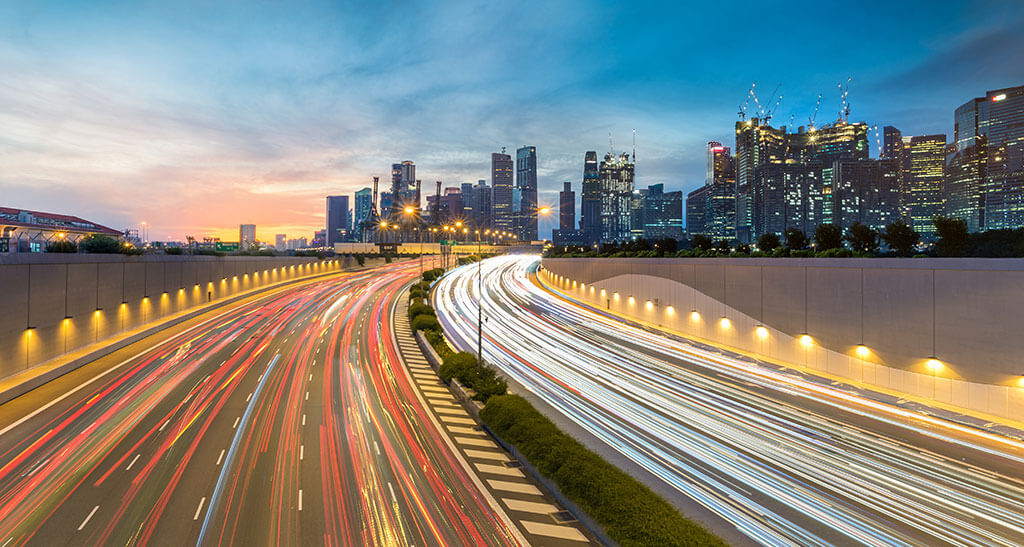
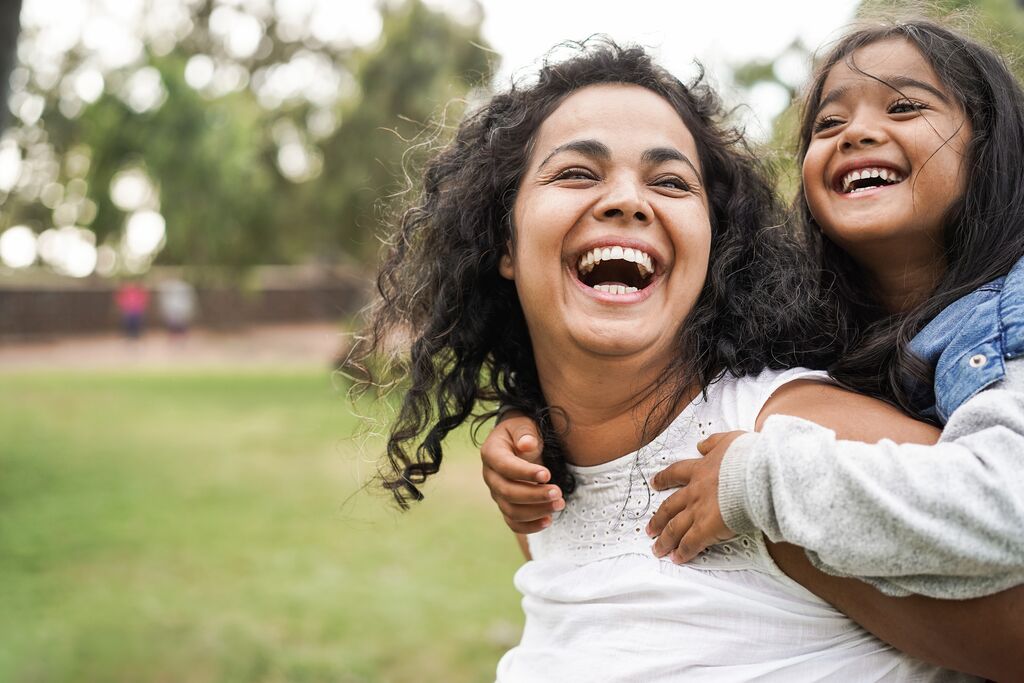




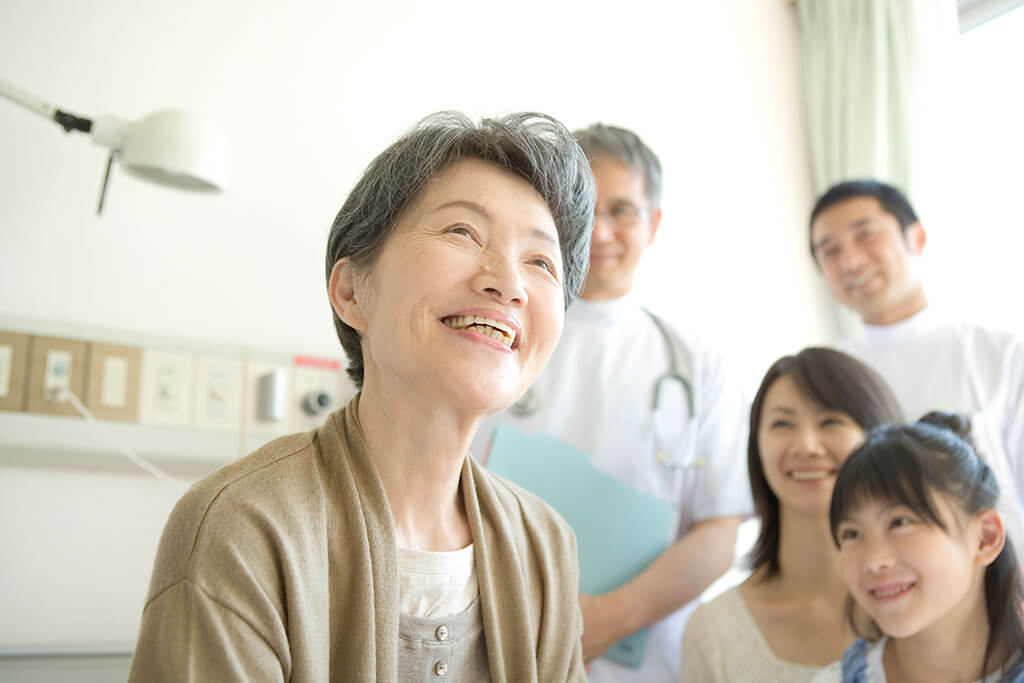

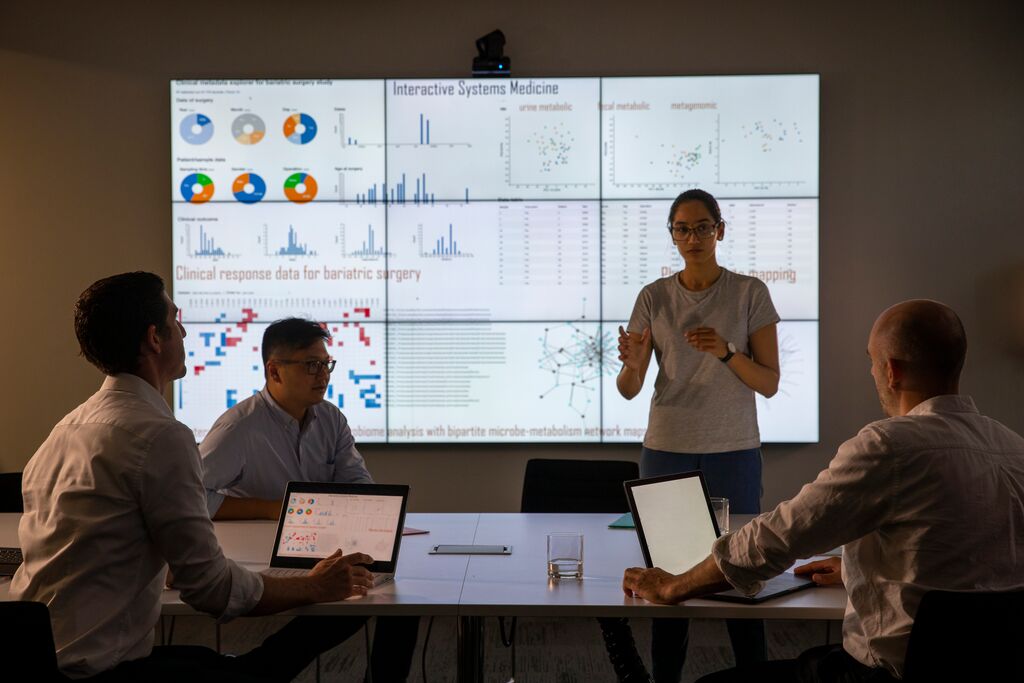



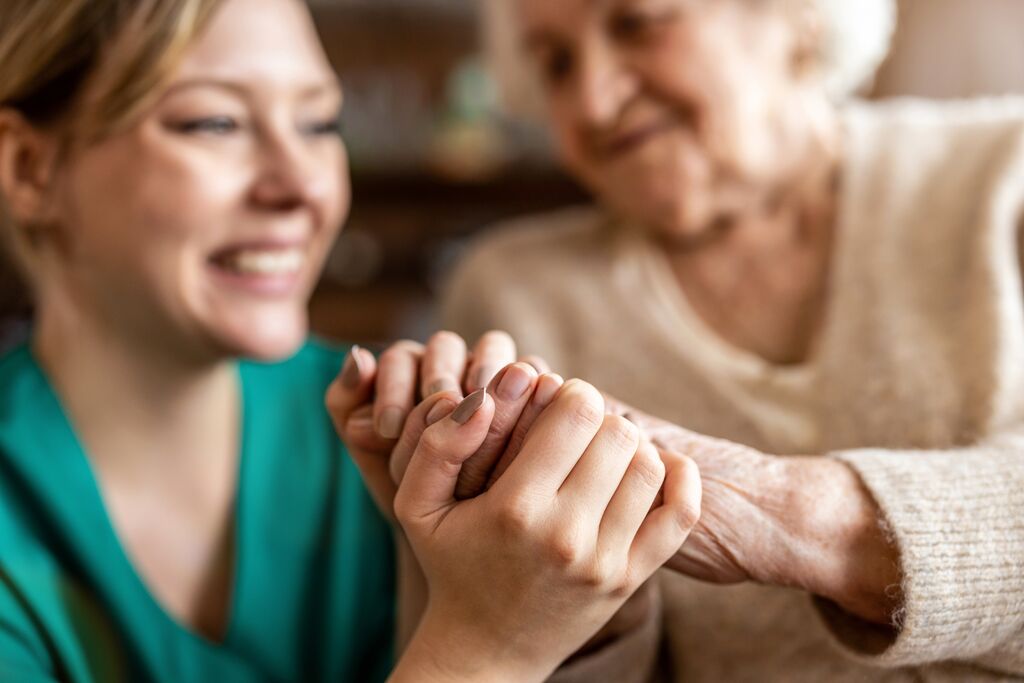

















- Locations
- Asia Pacific
- Individual and Community: Exploring the Dynamics of Self-Care in Southeast Asia
In a region where collectivist values prevail over individualistic ones, integrating the concept of ‘self-care’ within Southeast Asian cultures may appear paradoxical. Southeast Asian cultures prioritize group needs over individual goals. They prioritize group cohesion and consensus, which cultivates a strong sense of belonging. Emphasis is placed on the well-being of the community rather than individual interests.
There is a stark contrast between the idea of self-care as an individualistic goal and how it is practiced in the region through a more collectivistic approach. Because self-care, when viewed in the context of the broader social, economic, and cultural realities in Southeast Asia, is not just about the individual but also the community.
Self-Care in Context of Primary Health Care
While individual self-care is deemed important, the region also emphasizes community and social support as integral to well-being. This is embodied in the World Health Organization’s (WHO) Self-Care in the Context of Primary Health Care (PHC) report, where member states of the Association of Southeast Asian Nations (ASEAN) agree that PHC is the right approach to strengthening health systems and ultimately achieving equitable health for all.
The PHC approach encompasses four principles: universal coverage, community participation, multisectoral collaboration, and use of appropriate technology. Self-care incorporates these principles and facilitates community engagement through empowerment initiatives, which require the collaboration of sectors outside of health care.
Essentially, self-care within ASEAN encompasses not only personal initiatives but also the development of supportive environments that enable individuals to effectively manage their own health and well-being.
Individual Self-Care and Its Challenges
Assuming responsibility for personal health and well-being presents distinct challenges, particularly when considered within the framework of an individual's unique social and economic circumstances.
According to an article by Ayushi Jolly, prevailing narratives around self-care predominantly emphasize individual approaches, such as engaging in targeted activities, adopting new routines, or implementing lifestyle adjustments—including improved nutrition, meditation, or establishing personal boundaries. These approaches suggest that well-being is mostly a matter of personal choice and discipline. However, such a perspective often ignores the different aspects that shape people’s lives. It assumes that everyone has the time, money, space, and freedom to make these lifestyle changes.
Taking access to therapy as an example: In 2024, the Organisation for Economic Co-operation and Development (OECD) reported that the number of psychiatrists in the Asia-Pacific (APAC) region was generally lower than the OECD average, with significant disparities within the region itself. While developed APAC nations such as Australia and New Zealand have more psychiatrists per capita, many middle- and low-income countries in the South and Southeast Asian regions have far fewer, sometimes less than one per 100,000 population. This shortage is particularly stark when compared to the OECD average of 17.5 psychiatrists per 100,000 population.
Self-Care Is Community Care
In many Southeast Asian contexts, self-care is not solely an individual endeavor. It is often interwoven with community support systems, family involvement, and a sense of collective well-being.
In an article by Jodi S.W. Whitcomb, she states that the word “self-care” has gone far beyond the popular imagining of getting your nails done and putting two cucumbers on your eyes; instead, self-care has become a serious, evidence-based science.
IQVIA experts reinforce this perspective in their paper The Next Wave of Self-Care Digital Health, Advancing an Outcome-Oriented Consumer Health Industry, where it highlighted the importance of “Embracing new technologies and digitization to support innovative claims and holistic products and services. Claims need to be substantiated by strong evidence and new technologies enable the discovery of new outcomes…”
Adding to that perspective, self-care becomes more powerful and useful not only for the individual but also for the broader community when it is backed not only by evidence-based science but also supported by government policy.
Here are some regional examples that illustrate this approach:
- Singapore’s Healthier SG initiative and MindSG program
Healthier SG: This initiative, launched by the Ministry of Health (MOH), encourages Singapore Citizens and Permanent Residents aged 40 and above to adopt healthier lifestyles and manage their health proactively. Healthier SG provides a framework for individuals to partner with their family doctors, develop personalized health plans, and access support for their health needs.
MindSG: HealthHub's MindSG program offers a variety of tools and resources for mental wellness, including guided exercises for relaxation, mindfulness, and sleep. This platform provides self-help resources to promote self-care behaviors and reduce the stigma associated with seeking mental health support.
- Vietnam’s Intergenerational Self-Help Clubs (ISHCs): Transforming communities one step at a time
An article by HelpAge International discusses the origins of ISHCs and examines their influence within the broader community. ISHCs were developed by HelpAge International in Vietnam and network member Vietnam Association of the Elderly (VAE). These are small, voluntary groups established at the village or neighborhood level. Most members tend to be older adults, women, or individuals with lower incomes.
The clubs focus on a wide range of activities, from health and home care to small business support, community events, learning, and helping neighbors in need. Over the past two decades, ISHCs have contributed to poverty alleviation, enhanced health and well-being, and fostered intergenerational connections.
Initially established as basic gathering places for older adults, ISHCs have evolved into vibrant community centers and significant agents of change. This initiative has been embraced by national government policy. ISHCs have adapted by attentively addressing the needs of older adults and effectively responding to unique national challenges where population aging is occurring more rapidly than socioeconomic development.
Over the next decade, Vietnam will establish 12,000 new ISHCs to assist hundreds of thousands of older adults and build stronger community connections.
These examples illustrate that the concept of self-care in Southeast Asia extends beyond personal choice or individual strategies. Instead, it represents an evolving framework that integrates both traditional and contemporary practices, underpinned by a significant focus on community involvement and social support.
References:
- IQVIA, The Next Wave of Self-Care Digital Health, Advancing an outcome-oriented consumer health industry, White Paper, Dr. Volker Spitzer, Swapna Kondapuram, Janina Schendel, Matt Stewart
- Self-care for health and well-being, World Health Organization, 26 April 2024
- Self-care in the Context of Primary Health Care, Report of the Regional Consultation Bangkok, Thailand, 7-9 January 2009
- Self-Care Is Community Care, Jodi S.W. Whitcomb, MSW, 22 November 2022
- Inside culture: Understanding the dark side of self-care among Asian youth, Theron Lim, Fika Dwirischcka and Andrea Chandraputri, 13 November 2023
- The Truth About Self-Care: It Will Not Fix Your Problems!, Ayushi Jolly, 8 June 2025
- The Hidden Genius of Southeast Asia, Vincent Chian, 29 July 2024
- New Chapter for Ageing in Vietnam: Thousands of Community Clubs to Be Set Up Nationwide and Vietnam’s Intergenerational Self-Help Clubs, 11 August 2025
- HealthHub SG and Ministry of Health Singapore


